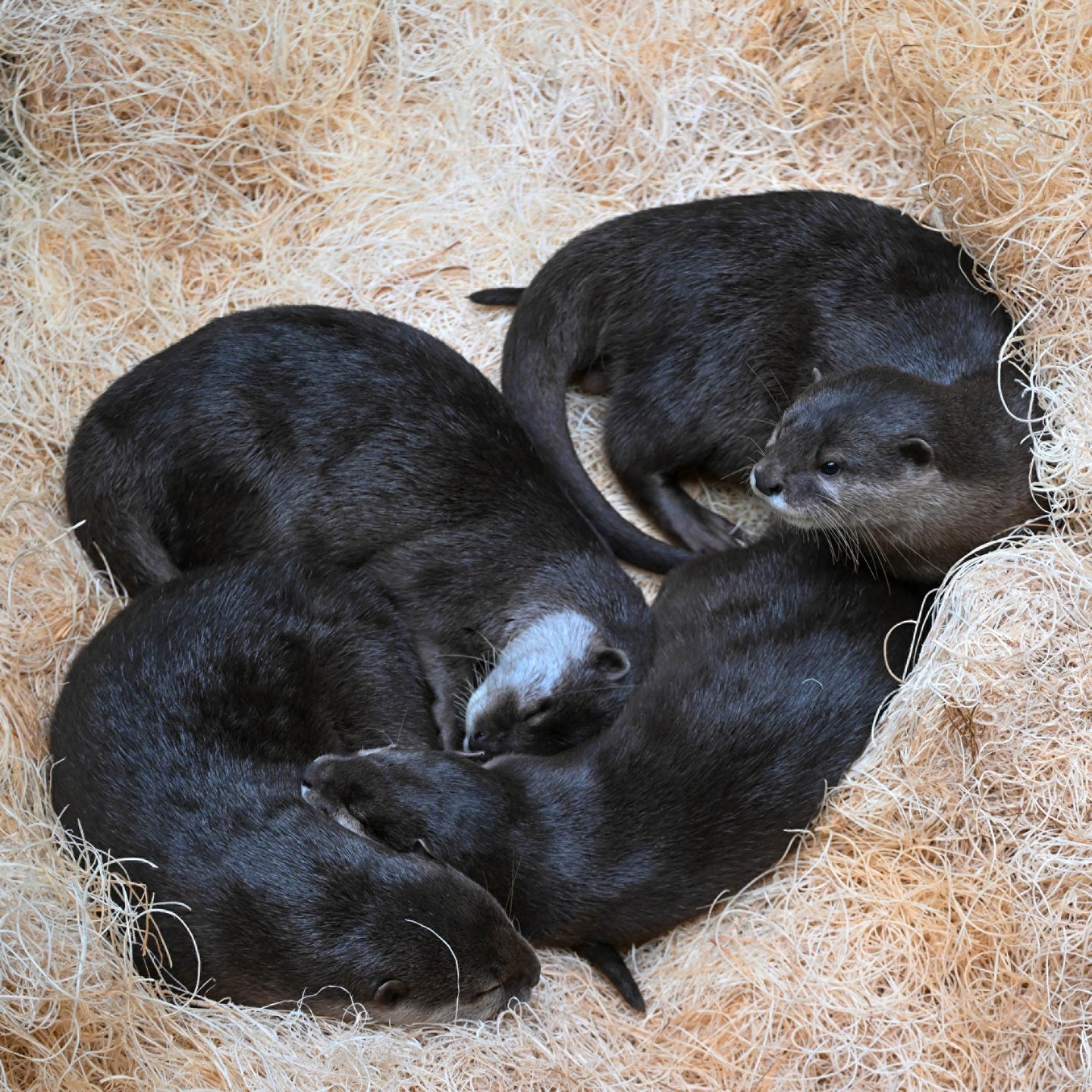The Endearing World of Asian Small-Clawed Otters: Uncovering Their Intriguing Facts
Introduction
Asian small-clawed otters, the smallest of all otter species, have captured the hearts of wildlife enthusiasts worldwide. These playful, friendly creatures can be found in Southeast Asia’s wetlands and mangrove forests. In this blog article, we will dive into the fascinating world of Asian small-clawed otters and uncover some intriguing facts about these endearing animals.
A Closer Look at Asian Small-Clawed Otters
- Tiny paws, big advantages: As their name suggests, Asian small-clawed otters have smaller claws compared to other otter species. Combined with their highly dexterous paws, these tiny claws allow them to handle prey and safely navigate their aquatic environments.
- Aquatic agility: These otters are expert swimmers, using their sleek bodies, webbed feet, and muscular tails to glide effortlessly through the water. They are also adept at diving and can hold their breath for up to six minutes, enabling them to hunt for fish, crustaceans, and mollusks in their watery habitats.
- Monogamous mates: Asian small-clawed otters form monogamous pairs that usually mate for life. Both parents actively participate in raising their pups, sharing duties such as feeding, grooming, and teaching them how to swim and hunt.
- Vocal communicators: These otters are highly vocal animals, using a range of vocalizations to communicate with each other. They have distinct calls for signaling alarm, playfulness, or desire to mate, helping them maintain their close-knit social bonds.
- Playtime is crucial: Play is essential to Asian small-clawed otters’ lives, helping them develop important skills and strengthen social bonds. They engage in various playful activities, such as chasing, wrestling, and sliding down muddy banks, providing physical and mental stimulation.
- Family living: Asian small-clawed otters live in close-knit family groups called romps, typically consisting of a breeding pair and their offspring. These social animals rely on their group for protection, companionship, and cooperative hunting.
- Keen senses: These otters have sharp senses of smell and hearing, which they use to locate prey and communicate with their group members. Their whiskers, or vibrissae, are particularly sensitive, allowing them to detect game movement in murky water.
- Conservation concerns: Habitat loss, pollution, and hunting have contributed to the decline of Asian small-clawed otter populations in the wild. Classified as a vulnerable species, conservation efforts are vital to protect these charming creatures and their habitats.
Conclusion: Celebrating the Charm of Asian Small-Clawed Otters
Asian small-clawed otters are delightful animals with unique characteristics and behaviors that set them apart from other otter species. Uncovering the intriguing facts about these endearing creatures can foster a deeper appreciation for the diverse world of wildlife and inspire action to protect these captivating animals for future generations.

